Low Key Lighting Vs High Key Lighting
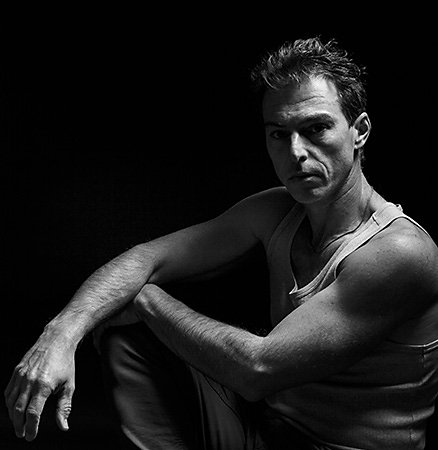
Low Key Lighting And High Key Lighting In Film Adobe

High Key Vs Low Key Photography Lighting White Vs Shadows
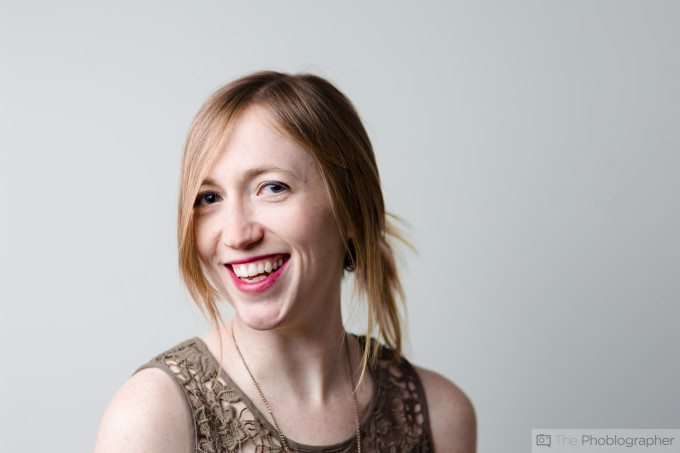
High Key Vs Low Key Lighting What S The Difference

Destiny 2 Lighting The Dark Lighting Style
Q Tbn 3aand9gcqw5yvmajmw8cqarecjbxm5nz1f3ayjedrfvzastbvgt1ofib C Usqp Cau

High Key Low Key Lighting Contrast Free Cinematography Tutorial Video Production Film School Online Filmschoolonline Com Online Film School Lou Lavolpe Louis La Volpe
There is a big difference between the high-key light of the shire, and the continued darkening of the world using low-key lighting in the other parts of the world.

Low key lighting vs high key lighting. High-key setups are often used in sitcoms, soap operas, and romantic comedies because of the forgiving nature of the lighting setup. High key lighting, on the other hand, refers to an evenly lit. 1/2 stop should be more than enough to keep it white and with 2 lights, shadow free.
High key-to-fill ratios (8:1 or more) for. In low-key the number of lights is usually just one. Low Key Portrait Photography.
Lights typically include a key light and possibly some practicals or backlight to add depth/illuminate background elements;. The term “low key” is used in cinematography to refer to any scene with a high lighting ratio, especially if there is a predominance. Photo by Evgeny Tchebotarev Low key lighting.
While lighting ratios are not necessarily tied to high or low key image strategies, high key to fill lighting ratios lend themselves to low key images and low key to fill light ratios lend themselves to high key images. Low key lighting photography is great if you’re going for a dramatic, high contrast effect. Optimistic, upbeat, youthful, light, and airy;.
So, that's a basic rundown of the differences between high key and. In Low Key images the tone is darker, and the controlling color is usually black. The light is set up deliberately in a way so that there is a lot of contrast and shadows in the final image.
This picture was taken in the corner of a room. The characters should stand out from the backgrounds, but again the difference in lighting should be slight. High key lighting photography will typically give you a blown out and elegant look.
Comedy shows use a high key lighting set up. High-key lighting originated in the early film and television days. High key and low key lighting refers to the contrast of an entire scene, not just the face.
HIGH KEY VS LOW KEY LIGHTING. Low key lighting is a lighting technique for film that focuses on accentuating shadows by using hard source lighting in a scene. Citizen Kane (1941), 18:10.
Contrary to high key lighting (which aims to minimize shadows), low key lighting aims to increase contrast through the use of shadows and dark tones. Low Key images are also notable for a great deal of contrast that they display. When shooting low key portraits, you want to make sure that you have soft lighting.
Low-key’s transition from highlight to shadow is much quicker and more dramatic — and harsh. Within that concept, DOPs may or may not use lighting ratios to empahsize mood. High key photography typically uses unnaturally.
Mostly used in portrait, wedding, newborn and fashion photography;. On the other hand, high key shots are bright, having lots of light. Low Key lighting focuses shooting a light ratio of 16:1 (having one strobe and sometimes including reflectors).
This is because it provides the desired atmosphere. Rather, it’s just an idea to get the ball rolling. I don't own any of the the sources used in this film.
Lights typically include a key light, fill light to fill in shadows, a backlight, and background light;. "High key" means that the majority of the frame is at full exposure with very few areas of darkness, so high key = low contrast. If you're referring to white BG then white is white when properly exposed - there is no need to set it 2 stops above the main (camera) exposure.
Low-key images tend to have a higher proportion of darker tones. High key lighting produces photos with a good feeling and upbeat emotion. Usually low-key lighting is very close to a subject, and the light source is typically dimmer to accommodate this.
In my career, this where the idea of high key and low key lighting in nature photography began to evolve. The technique can produce profound images by isolating the photographic subject against a seamless white or black background. A high-key image is one that has been exposed so that the key tones are lighter than this mid-tone ideal.
It is very common for Low Key images to give special attention to contour lines, emphasizing them with highlights. The use of high key lighting produces images with no shadows. High Key vs Low Key Light.
High key lighting is bright and leaves almost no blacks and mid-tones. Low Key High key lighting. In The Highs and Lows of Lighting:.
If you want to minimize the shadows in your image, high key lighting photography is the way to go. The environment has a lot of fill light and a low key-to-fill ratio. It consists of a large light source, reflectors, and diffusers.
High-key is even, low-contrast lighting with minimal shadows. To sum up the basic difference, low key photos are dark, having little light. High-Key Photos by Lindsay Adler Photography “With High-Key, it’s lighter tones, it’s brighter, and minimal shadows.”.
Low-key would be used to create dark shadows with connotations of drama.both are used to aid the film-makers in telling the story. High-key lighting reduces the lighting ratio in the scene, meaning there’s less contrast between the darker tones and the brighter areas. As opposed to high-key lighting, low-key lighting is much more dramatic.
Low-key lighting will always represent a scene with high contrast, where the difference between the darker and the brighter relevant parts of your scene are more than one stop. Lighting used to get this look is called low key lighting. Dramatic, dark and mysterious, this style goes along the lines of modeling with light.
Early cameras and film with limited dynamic range, forced lighting techniques to reduce contrast intentionally. Let’s get into how to use both of these setups!. Advertisers often prefer this style of photo to help present their products.
A high-key lighting design has very bright light over everything, with few shadows and relatively low contrast between the lightest and darkest parts of the scene, whereas a low-key lighting design looks dark overall by comparison (Goodykoontz & Jacobs. A key light positioned low appears to distort the actor's features, since most natural or ambient light is normally overhead. Bright and high lights dominated by ranges of whites;.
Compare all that with the look of its counterpart, low-key lighting, which enhances shadows and creates lots of contrast to create the serious, scary, or. I did a student video essay on High Key Vs Low Key Lighting. But you can skip the latter two if not available.
The main use of low-key and high-key lighting is to convey different moods in a scene, high-key can be used to convey happiness and placid surroundings, it has been used a lot for sitcoms. How to shoot low key lighting indoors. High-key and low-key lighting are two studio lighting techniques that result in very different moods and aesthetics.
Why Use High Key Lighting?. Most studies in art or photography touch on this methodology and utilize it in the studio. The Big Combo (1955) Double Indemnity (1944) The Lady From Shanghai (1948) The Matrix (1999) The Man Who Wasn't There (01) Mad Men production.
It’s not a specific setup. You low key lighting setup isn’t that complicated to put together, really. The Lord of the Rings:.
Controlling Mood with Light, Lindsay gives you more than just a description.She dives in how to achieve this effect with your lighting setup, how she directs a her model to further accentuate the light, and how YOU can use these. A brightly-lit musical number from a 1950's Technicolor musical like "Singin' in the Rain" might be considered high key (although the actual "Singin' in the Rain" dance number is somewhat low key) A good example of. As such, a subject with a darker background and side or backlighting works best.
Make sure you have basic lights and strobes in order to get adequate fill light or backlight should you need them. Lighting setup High key lighting:. High key is bright, soft, low-contrast imaging, where the lighting ratio is around 1:1.
Another way to understand high key meaning is to start from the opposite. Low key lighting is the reverse of a high-key lighting arrangement. Low key lighting = High Contrast & Shadows.
High key means white/light. Very minimal amount of whites and mid-tones. This type of traditional studio lighting and high-key lighting lean more toward limited or softened shadow areas whereas low-key lighting thrives on.
Opposing High Key images are Low Key Images. All that's left is strong details and outlines of forms. Key light refers to the main light source that illuminates the subject and there are many ways in which high key lighting can be set up.
See the example below. “Low key” and “high key” are lighting terms that get thrown around a lot in meetings between directors and cinematographers. The eyes, bottom of the nose, and lips can all stand out.
High-key lighting also incorporates bright pops of color and vivid settings. Very minimal blacks and mid-tones;. For example, this image of a Dalmatian pelican (Pelecanus crispus) was taken at Lake Kerkini, Greece, at sunrise.
Low-key lighting typically involves lots of contrast and creates an entirely different mood than high-key lighting. Low-key images convey a more dramatic mood, and contrast between light and dark. A Night at the Opera (Wood, 1935), 16:00.
A low-key image, for example, is an image where most of the tonal range falls within the darker tones (the shadows), often to create a sense of drama, tension or mystery. This was a picture I took of Baylie Madyson, a photographer and graphic designer here in Rexburg. But, in low-key photography, it is intentionally underexposed for dramatic effect and.
The relative strength of key-to-fill, known as the lighting ratio, can be measured using a light meter. Low key lighting refers to a scene that is dark with high contrast. The shadows cast by the model (or subject) are suppressed by lighting in the scene.
The term "low key" is also used in cinematography and photography to refer to any scene with a high lighting ratio, especially if there is a predominance of shadowy areas. If you are lucky enough to work with professional studio tools, you will get amazing results. In it’s simplest terms a high key image is a bright image full of light and mostly white tones whilst a low key image is a dark with minimal lighting and rich in black tones and lots of shadow.
There were also scenes that use the low-key lighting to add suspense to the scene. The basic would be to have at least three lights, where the key ( main ) light is positioned at an angle of about 45 degrees to the subject, while the other two background lights are positioned to illuminate. Conversely a low-key image is one in which the key tones are darker than the mid-tone ideal.
Low key lighting has a higher lighting ratio, e.g., 8:1, than high-key lighting, which can approach 1:1. This means that shadows are brighter and more open and the image usually has a light airy feel. The two lighting styles create vastly different look.
Low-key lighting is also a mainstay of film noir, where the minimal light sources and deep shadows are instantly recognizable. There will be lots of dark areas in the picture. There is also mid key and low key.
It is a style with a high lighting ratio that allows the photographer to play with lighting and shadows. Alternatively, low-key lighting has greater contrast between the dark and light areas of the image with a majority of the scene in shadow. Of course, this style of lighting has its counterpart, low key lighting.
I don;t any rights to this film. The figure has to be a little closer to the lights than the backdrop. Low key lighting has a higher lighting ratio, e.g., 8:1, than high-key lighting, which can approach 1:1.
A dramatic effect used in horror or comedy cinematography is a key light illuminating the face from below. TA high-key lighting design has very bright light over everything, with few shadows and relatively low contrast between the lightest and darkest parts of the scene (1). Uses a lot of deep blacks, darker tones, and shadows ;.
Low key portrait photography provides a dramatic and emotional look. Had the lighting been different the scene would have lost some of the drama and mystery that is built in the shadows and depths of the low-key lighting. To help you better understand, here’s a list of the most dominant characteristics of high key and low key lighting:.
In contrast, high key lighting aims to reduce the amount of contrast by casting a large amount of light on a subject. When a scene has a high contrast (great difference between the brightest and darkest portions of the face), we say the scene is low key. Dramatic, suspenseful, or horror scenes.
The opposite of high key lighting is low key lighting. The light looks good from every camera angle, and an actor can walk or turn in almost any direction and keep the same look and feel. High/low key lighting High key lighting is a bright scene in which the frame is predominantly lighter than medium gray.
Low key studio photography doesn’t require nearly as many lights as high key photography, but it’s important to have a basic lighting kit before attempting low key photography. The images have striking contrasts achieved by reduced lighting and in this technique, shadows become the primary element of the composition. It can also be effective in creating a ghostly effect if modeling shadows are sufficiently reduced.
High key lighting is a good choice for happy photos. Today, with its use of bright light and an emphasis on whites which give an almost ethereal feel to a photo, the high-key look has become the desired style for some photographers. This is because they have a feel-good mood to them.
High Key image by moogs. In my point of view, it tends to produce very heavy and bold kind of images. In this situation, a scene that is closer to 0% is low-key, A scene that is closer to 100 is high-key, and a scene that is closer to 50 % would be considered mid-key.
The opposite is a high-key image where most of the tonal range is pushed up into the lighter tones (the highlights), creating a sense of happiness, peacefulness or optimism. A low key image typically involves the use of dark tones and colors. This virtually eliminates shadows and a lot of small detail;.
While the tone of high key images may feel airy and light, low key photos are used to convey mood and drama. A high key light will result in more prominent cheek bones and long nose shadows.
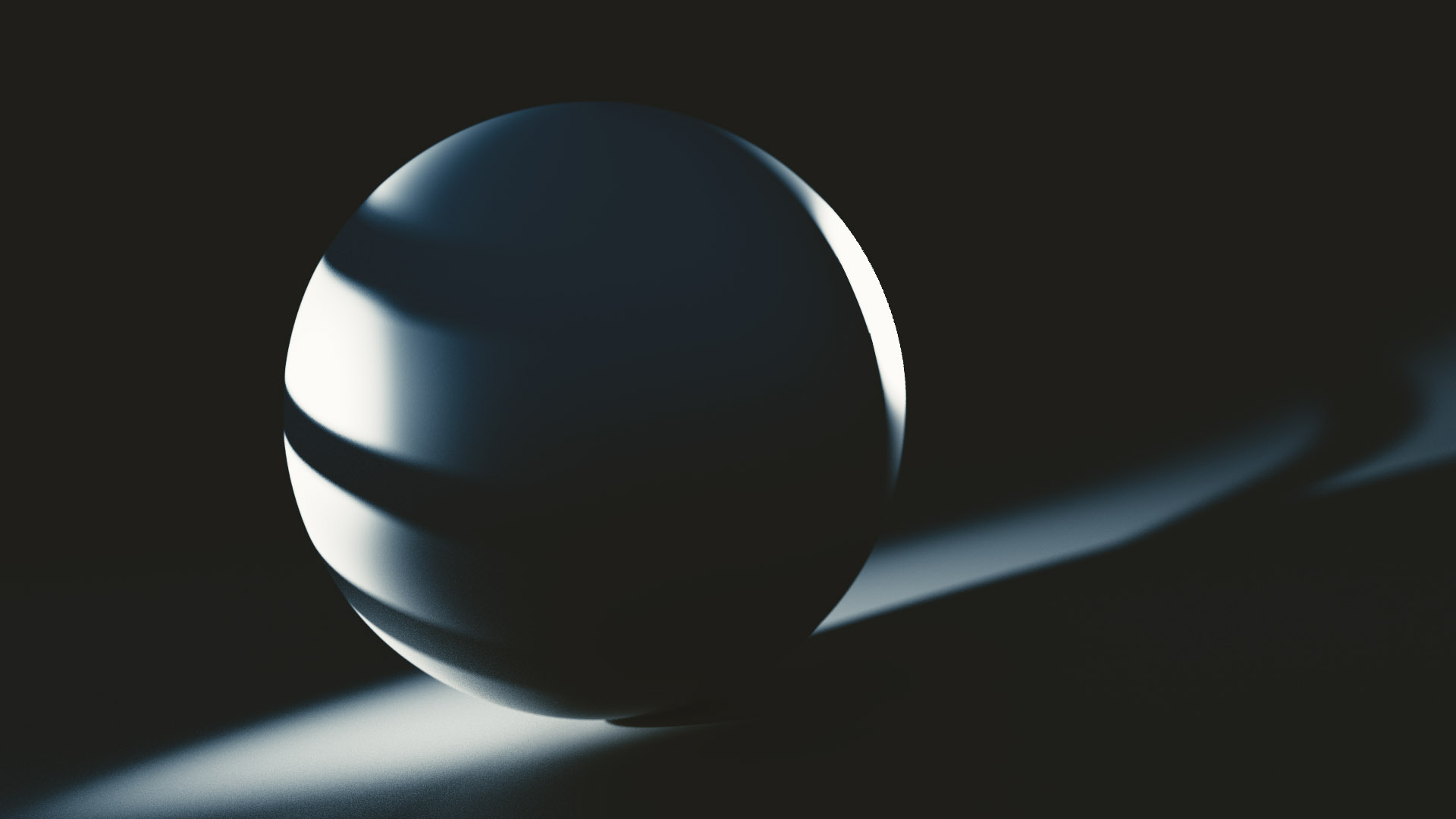
Introduction To Low Key Lighting When Less Is More Creative Shrimp
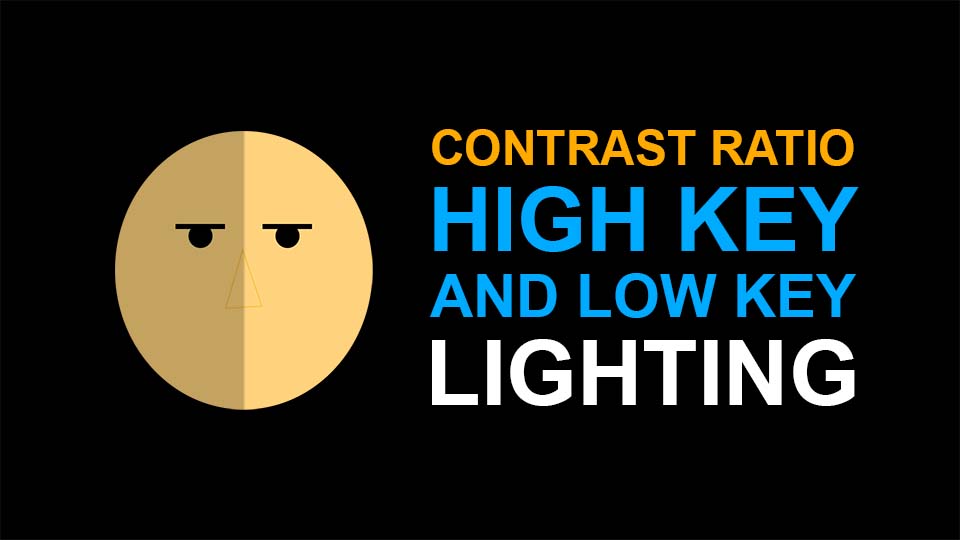
What Is Contrast Ratio High Key And Low Key Lighting

How To Understand High Key Vs Low Key Lighting

Mod6s5 Jenny Stark

Working With Both Low Key And High Key Lighting Styles

Benavente Amelia High Key Lighting Vs Low Key Lighting

Cinematography 101 High Key Vs Low Key Lighting What You Need To Know And When To Use Youtube
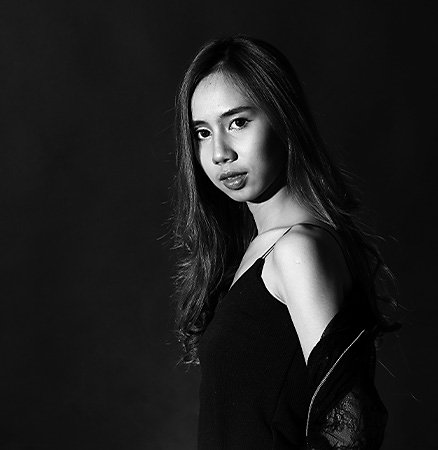
Low Key Lighting And High Key Lighting In Film Adobe

Low Key Vs High Key Lighting Film Noir

The Difference Between High Key And Low Key Lighting From The Dpc Studio Lighting Course Http Digita Low Key Lighting Digital Photography Courses Low Key
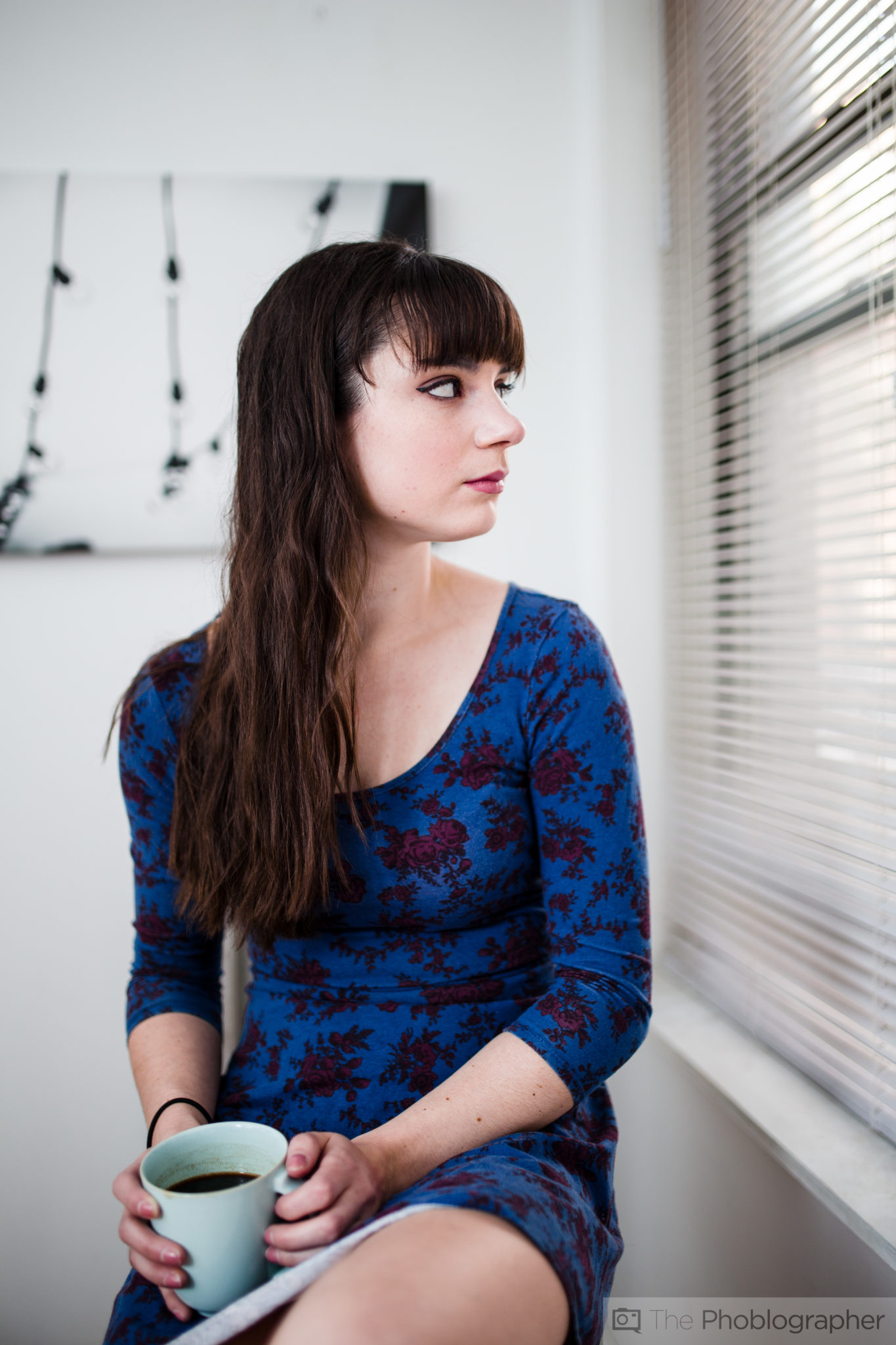
High Key Vs Low Key Lighting What S The Difference
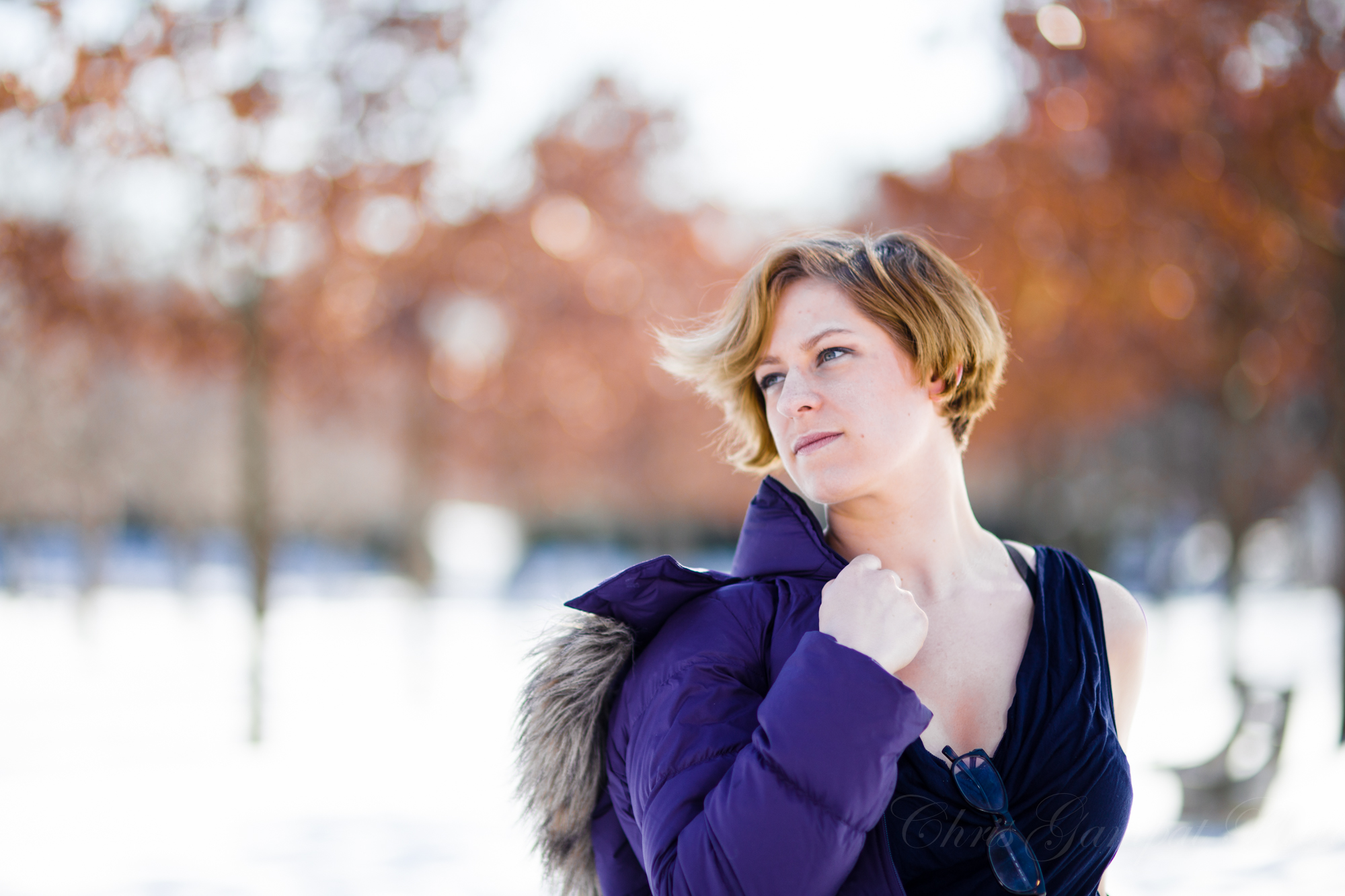
High Key Vs Low Key Lighting What S The Difference

High Key Vs Low Key Lighting Explained Simply

What Is Contrast Ratio High Key And Low Key Lighting
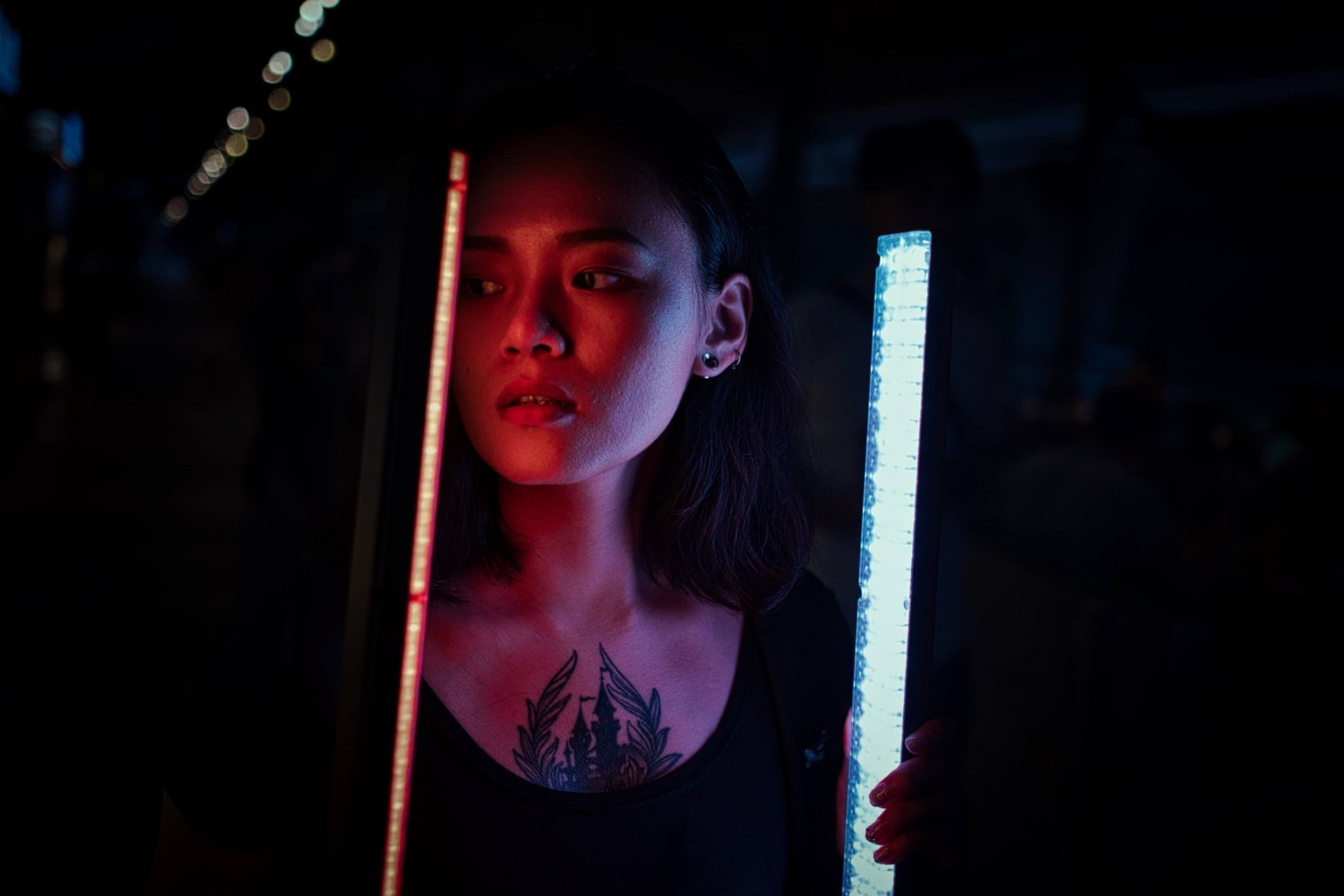
High Key Lighting To Boost Your Photos
1
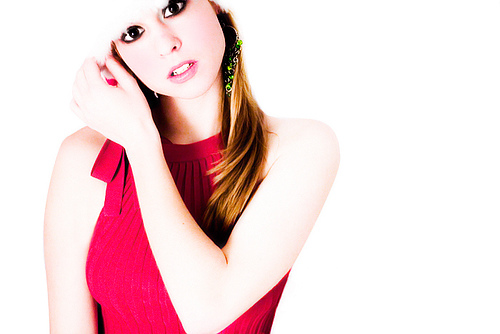
Lighting High Key And Low Key Diy Photography
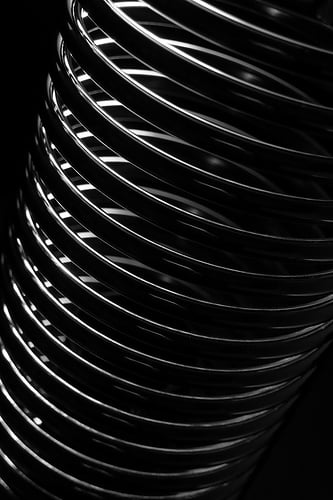
Lighting High Key And Low Key Diy Photography
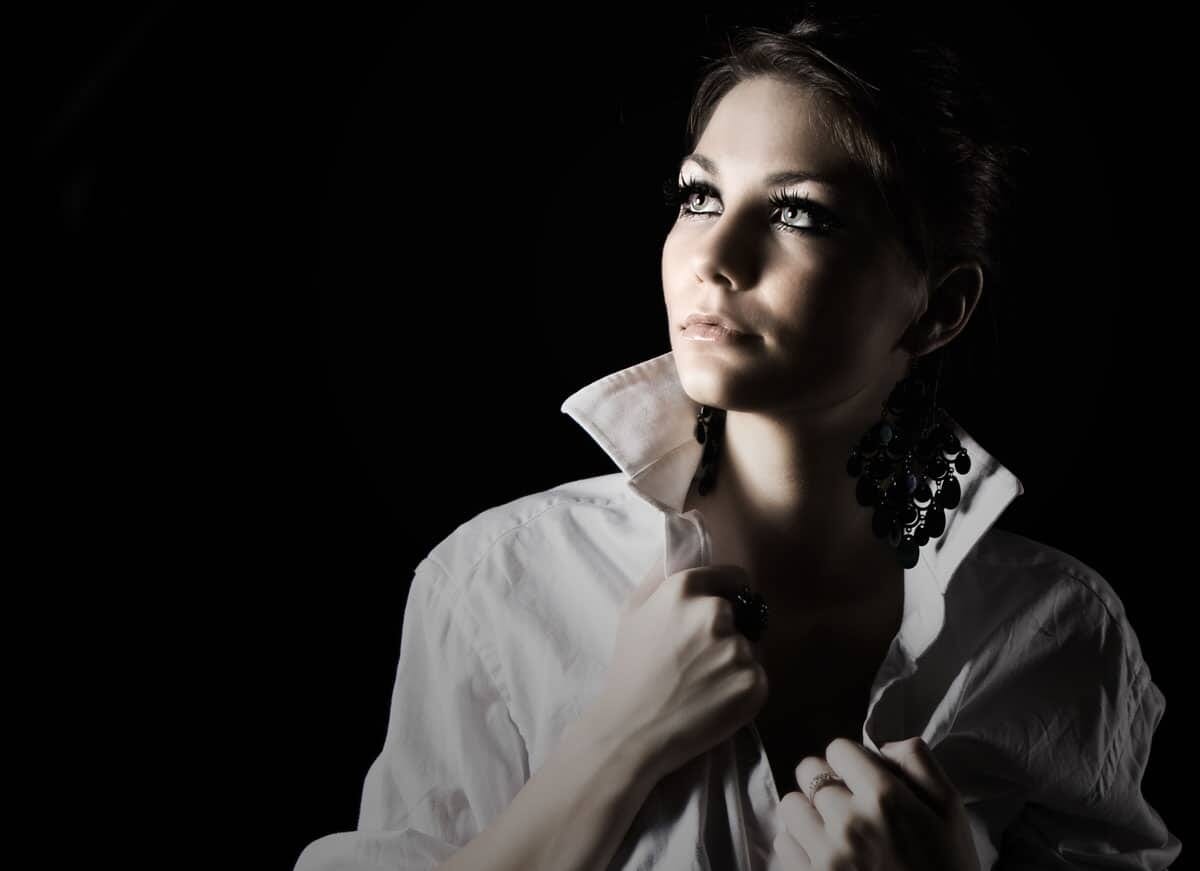
High Key Vs Low Key Photography Lighting White Vs Shadows
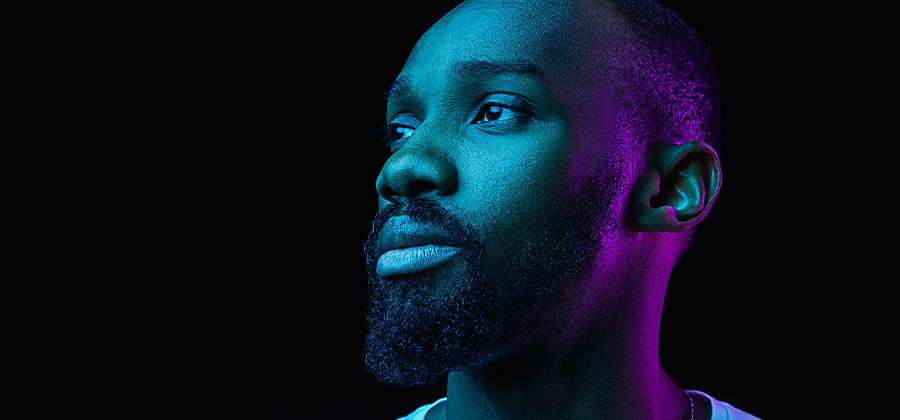
Understanding Low Key And High Key Lighting Adobe

High Key Vs Low Key Lighting Explained Simply

Brianna S Photography Blog Research Task Lighting High Key Low Key

High Key Vs Low Key Lighting Explained Simply

Master High Key And Low Key Lighting Lindsay Adler Download Free Courses

High Key Vs Low Key Lighting Youtube
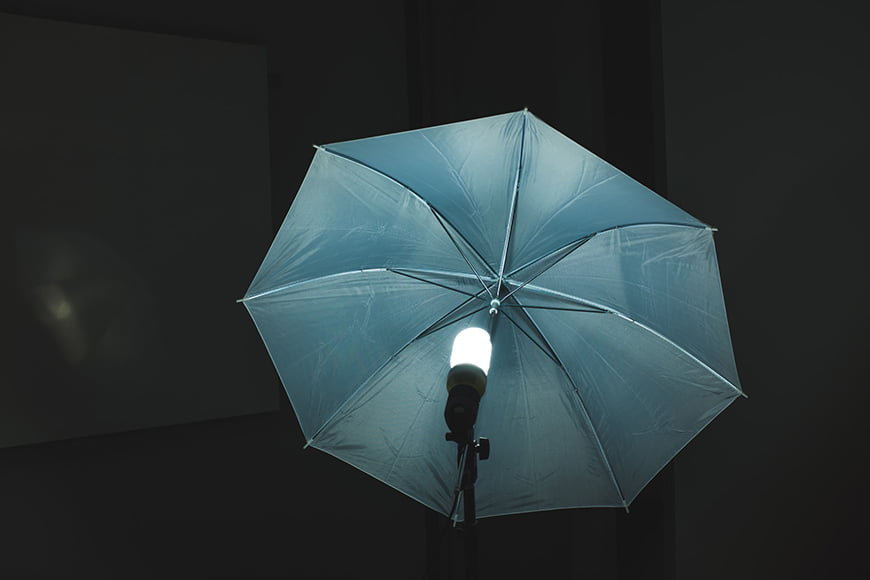
Understanding High Key Vs Low Key Lighting

High Key And Low Key Photography Myphotocentral
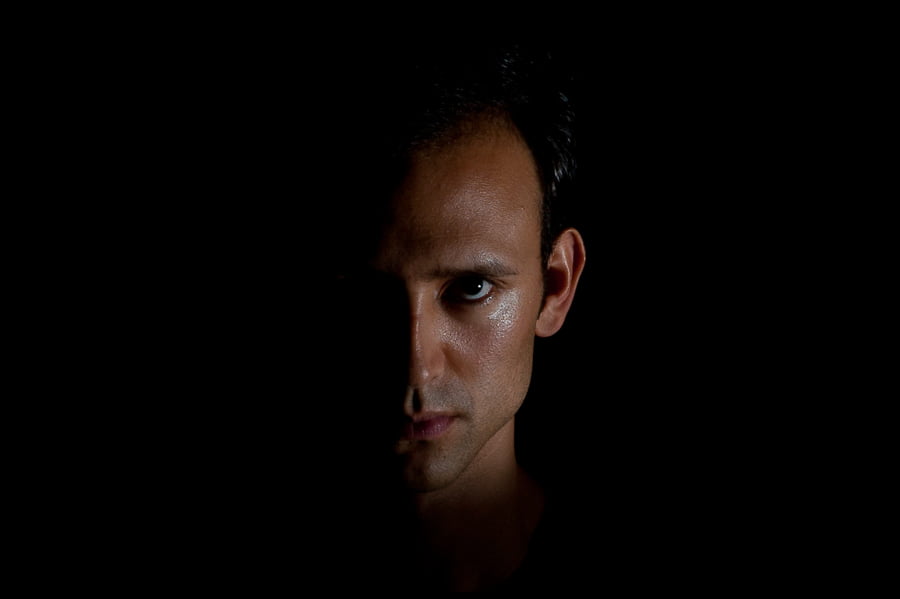
Understanding High Key Vs Low Key Lighting
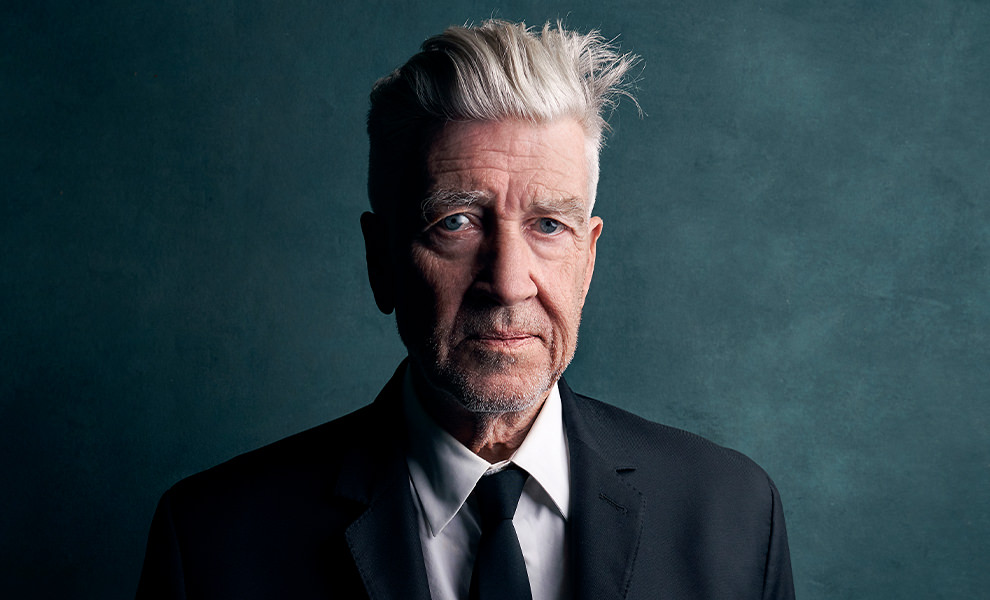
What Is A Key Light Learn How Key Light Creates Different Cinematography Effects Masterclass

Abi Farrell High Key Low Key Lighting

The Difference Between Low Key And High Key Lighting Youtube

Using High Key Vs Low Key Lights Lensvid
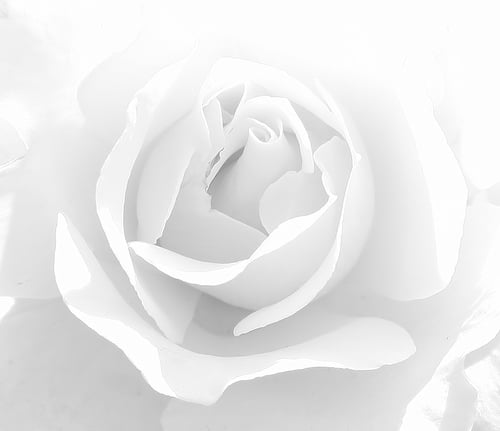
Lighting High Key And Low Key Diy Photography
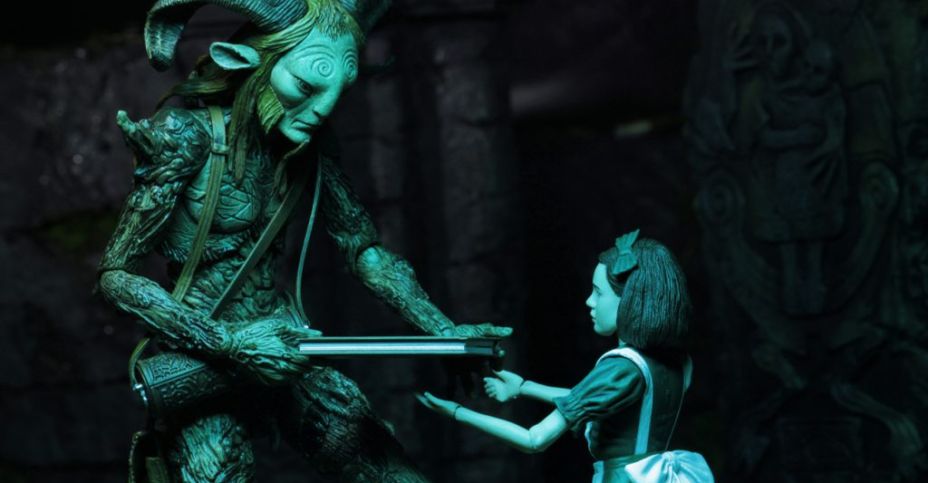
What Is Low Key Lighting

How To Understand High Key Vs Low Key Lighting
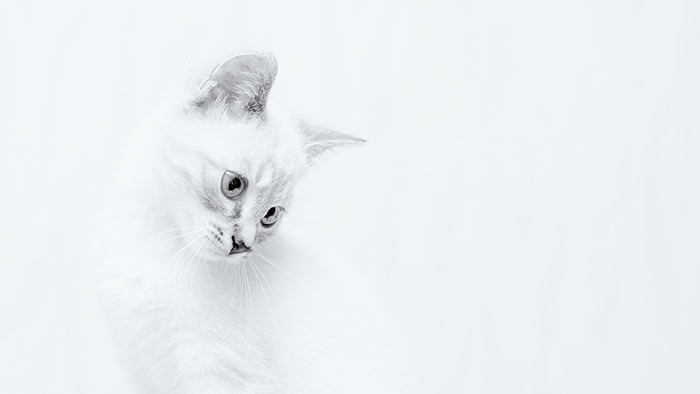
How To Understand High Key Vs Low Key Lighting

Studio Lighting Series High Key Low Key And Mid Key Backdrop Express Blog

Megan S Photography High Key And Low Key Photography

Oil Rubbed Bronze Lighting Collections Lighting Style

Natural Lighting And Atmospherics For Enb Lighting Style
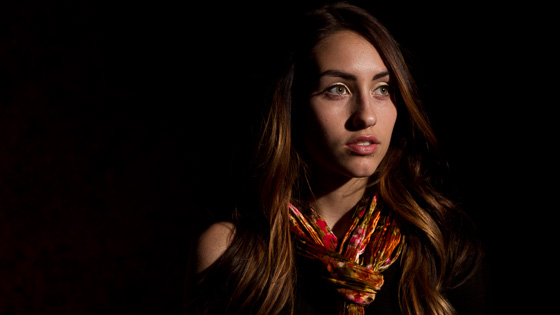
High Key Low Key Lighting Snapfactory

High Key Lighting Vs Low Key Lighting Photography Research

Dynamic High Key And Low Key Portrait Lighting Tutorial

High Key And Low Key Lighting Low Key Lighting Cinematic Lighting Cinematography

High Key Lighting Vs Low Key Lighting Photography Research

Low Key Lighting Wikipedia
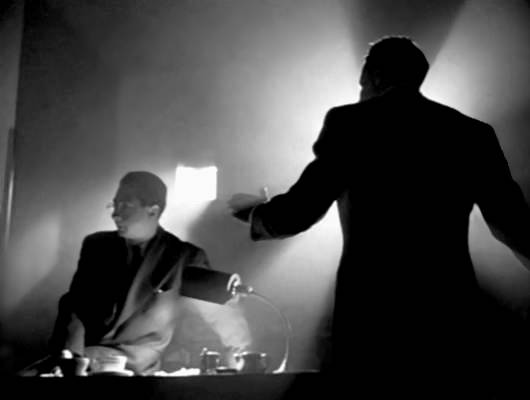
What Is Contrast Ratio High Key And Low Key Lighting

High Key Vs Low Key Lighting Studio Lighting Course Http Digitalphotographycourses Co Za Stu Studio Lighting Photography Lighting Setup Photography Courses

High Key Lighting Isn T Overexposure Beautiful By Gleb Alexandrov Medium
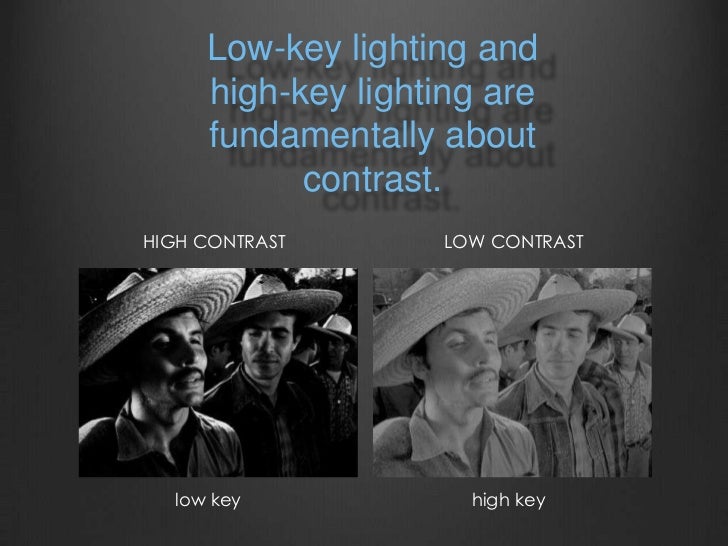
Film Noir Presentation

Plug In Track Lighting Lowes Lighting Style From Plug In Track Lighting Lowes Pictures

In Class Assignments

What Is High Key And Low Key Lighting And How To Use It Reminiscent Studio
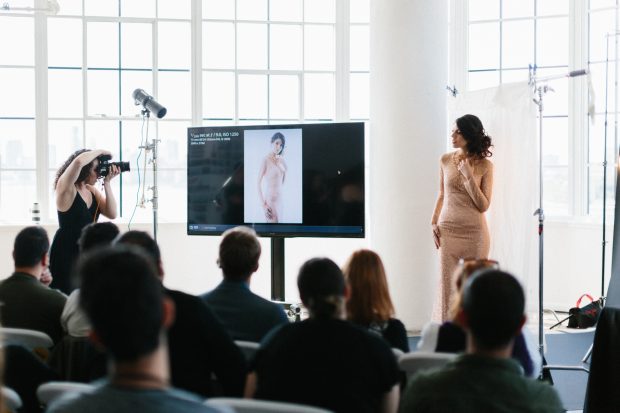
High Key Vs Low Key Lighting Explained Simply

Jakew Year 2 High Key And Low Key Lighting
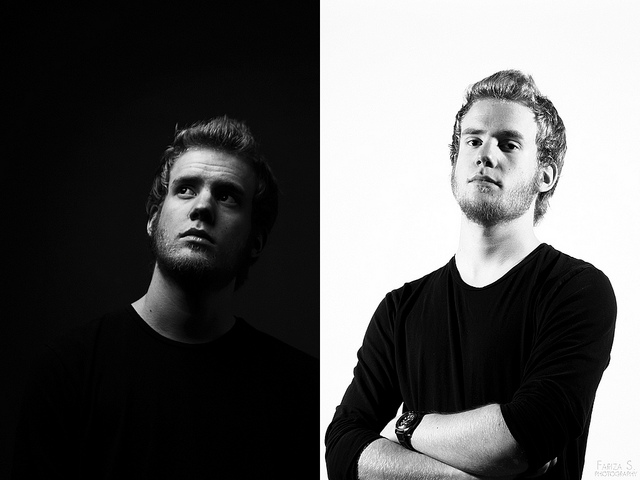
Contemporary Photography High Key And Low Key Lighting In Portraiture Portraiture And Identity
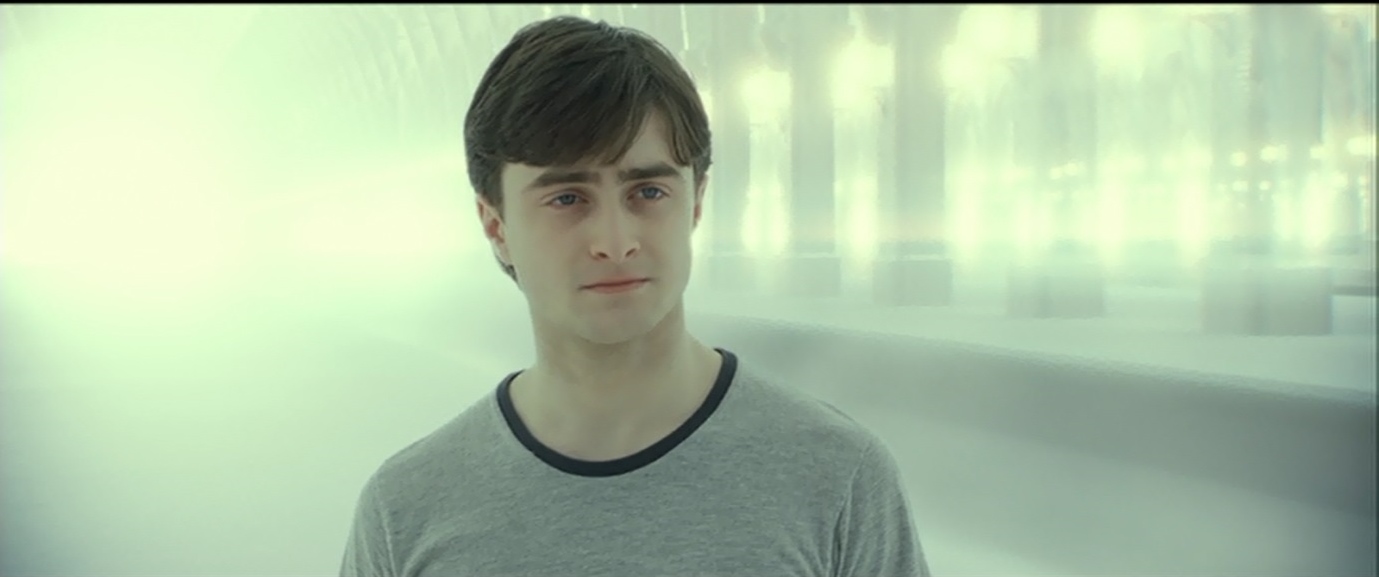
Mise En Scene Tazmynx

Photography Lecture Part One
Q Tbn 3aand9gcsbsmngv9ci2xnf9vfffehnronm6k64mvoynroizy3 80jfsrjd Usqp Cau

Working With Both Low Key And High Key Lighting Styles

What Is High Key And Low Key Lighting And How To Use It Reminiscent Studio
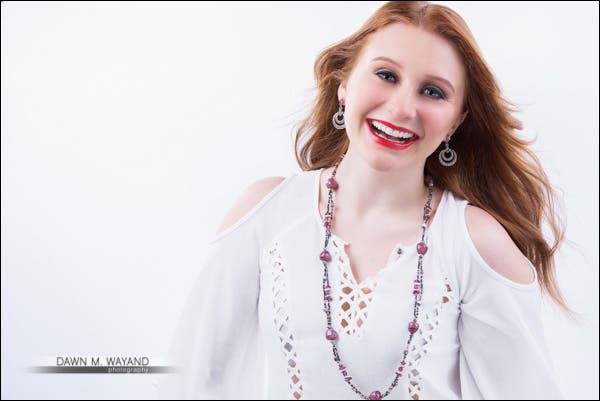
From Light To Dark High Key And Low Key Lighting In Portrait Photography 42 West The Adorama Learning Center

Dynamic High Key And Low Key Portrait Lighting Tutorial
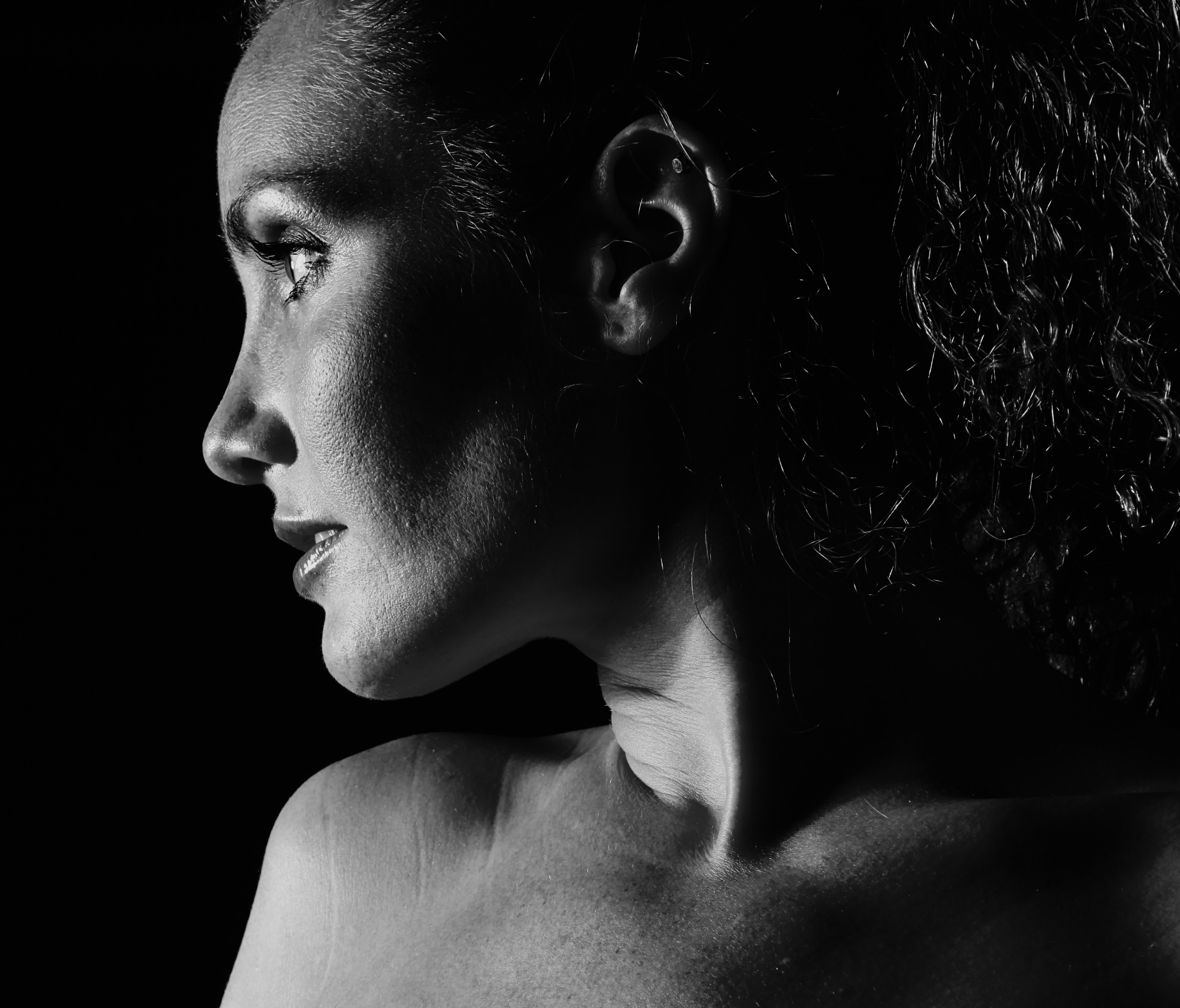
High Key Lighting Vs Low Key Lighting Photography Research

13 Film Lighting Techniques Every Filmmaker Should Know

Low Key Lighting And High Key Lighting In Film Adobe
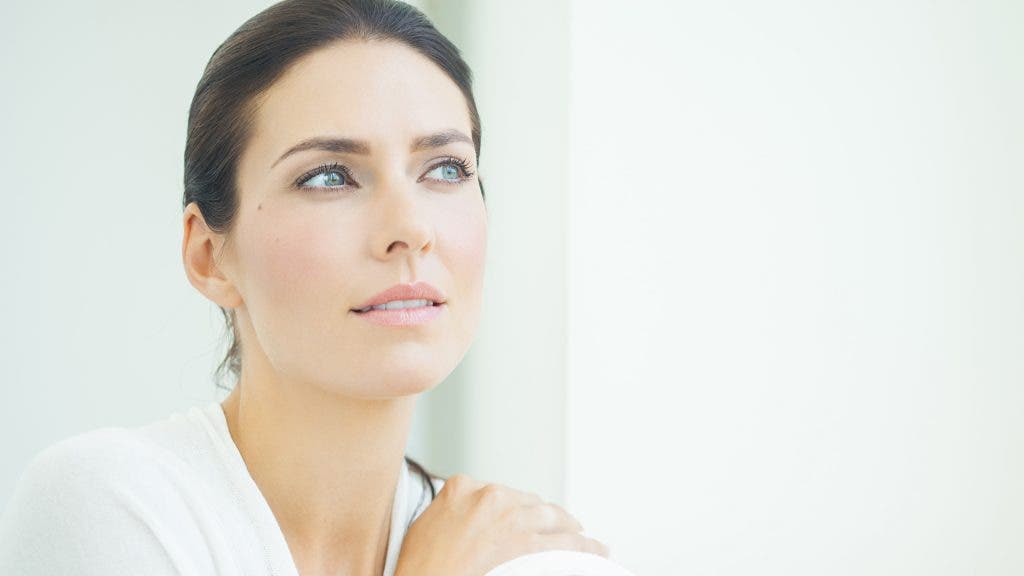
From Light To Dark High Key And Low Key Lighting In Portrait Photography 42 West The Adorama Learning Center

46 365 Low Key And High Key Lighting By Heidi Egerman Photoblog

High Key Vs Low Key Light By Daniel Norton Low Key Lighting High Key Low Key

Master High Key And Low Key Lighting With Lindsay Adler Official Trailer Youtube

Outstanding Low And High Key Photographs Digital Photo Secrets

High Key Vs Low Key Lighting Explained Simply

Kieran S As Media Blog High Key And Low Key Lighting

Leavenworth Christmas Tree Lighting 15 Lighting Style From Leavenworth Christmas Tree Lighting 15 Pictures

What Is High Key And Low Key Photography Corel Discovery Center

High And Low Key Lighting Premiumbeat Com Youtube
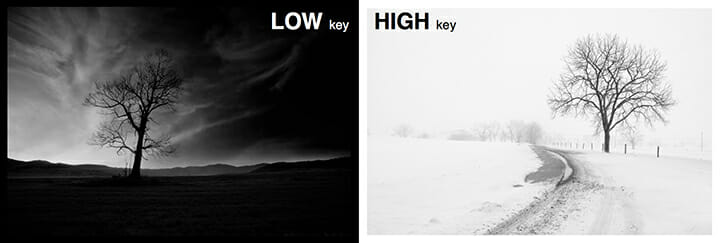
How To Shoot Low Key Photography A Beginner S Guide Laz S Lounge

Working With Both Low Key And High Key Lighting Styles

Recorded Webinar On High Key And Low Key Lighting Youtube

High Key Portraiture A Brief Overview Photoflex

What You Need To Know About High Key Vs Low Key Lighting
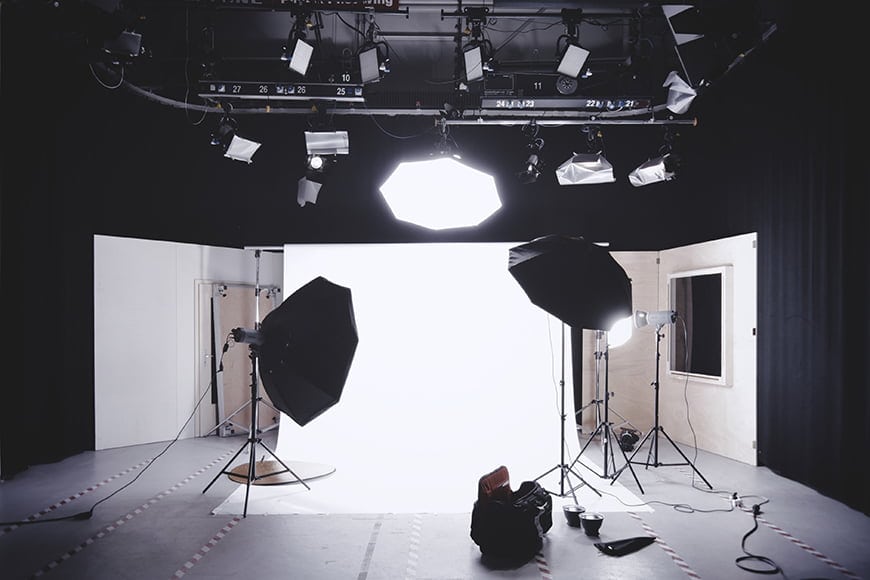
Understanding High Key Vs Low Key Lighting

Low Key Photography For Beginners Enter The Dark Side

What Is High Key And Low Key Photography Corel Discovery Center

Working With Both Low Key And High Key Lighting Styles

Lighting Styles In Twilight 92amedia

Abi Farrell High Key Low Key Lighting
1

Low Key Lighting And High Key Lighting In Film Adobe

How To Understand High Key Vs Low Key Lighting

High Key Lighting Vs Low Key Lighting Low Key High Key Low Key Photography School Online
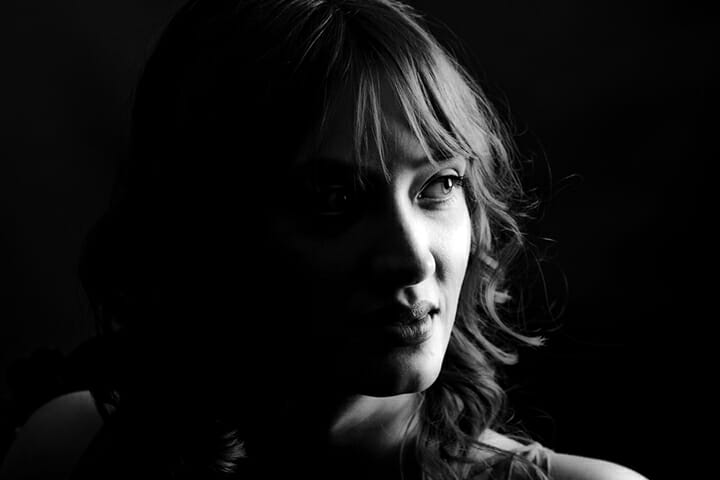
High Key Photography Explained For Beginners Iphotography

Style Breakdown How To Pull Off High And Low Key Lighting
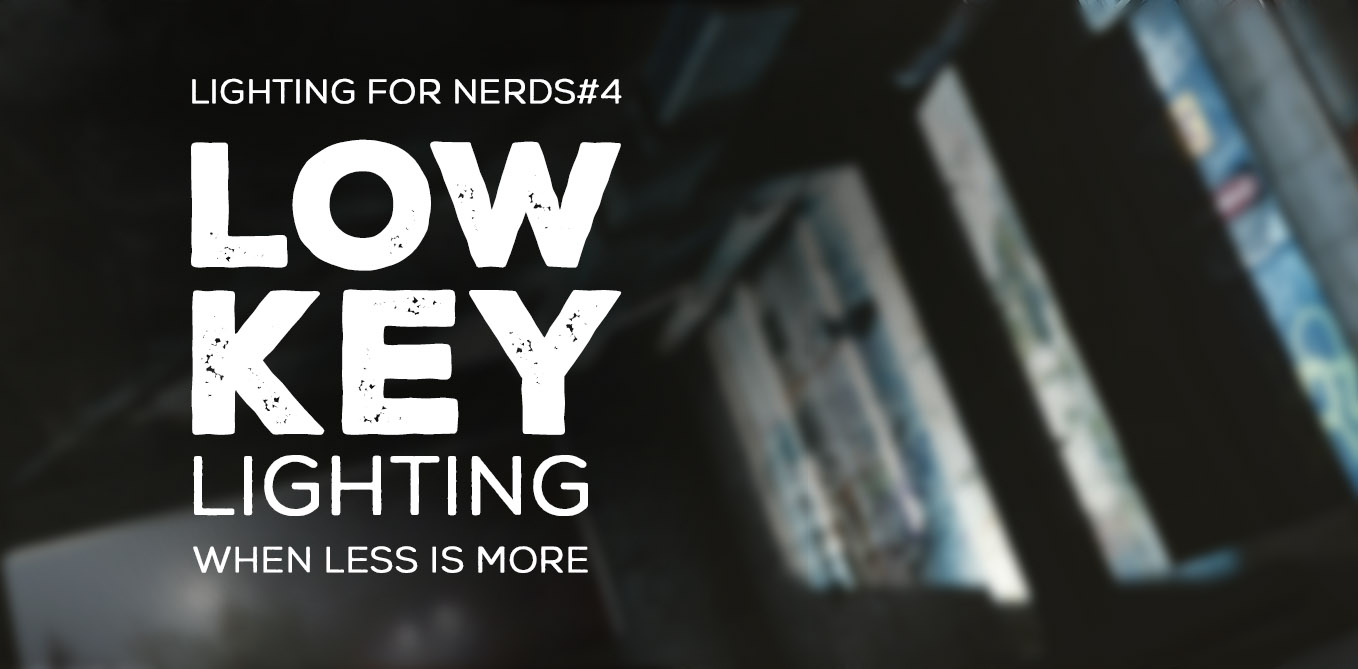
Introduction To Low Key Lighting When Less Is More Creative Shrimp
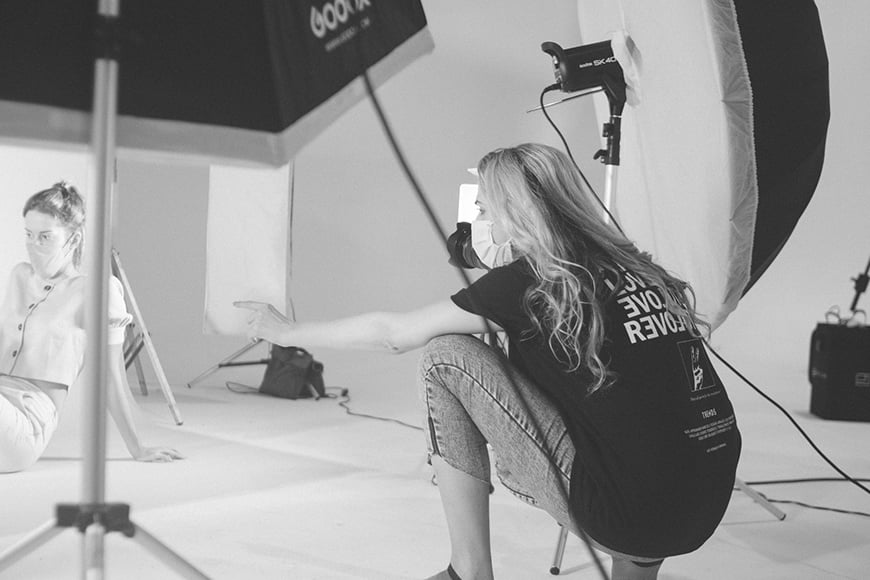
Understanding High Key Vs Low Key Lighting

Lighting Film Making Journal

Hourglass Ambient Lighting Blush Pallette Lighting Style From Hourglass Ambient Lighting Blush Pallette Pictures
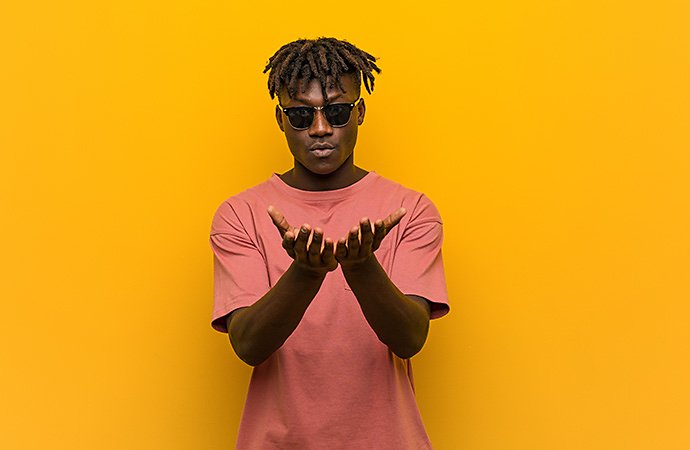
Low Key Lighting And High Key Lighting In Film Adobe



